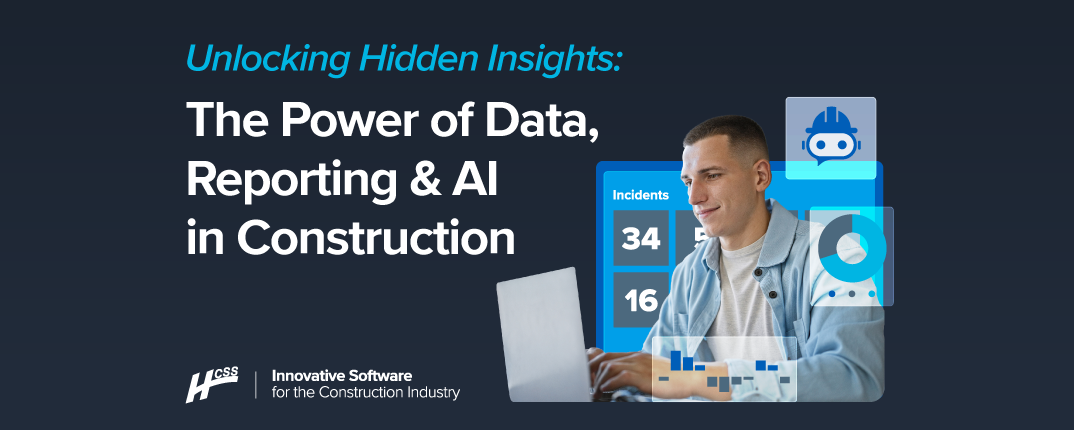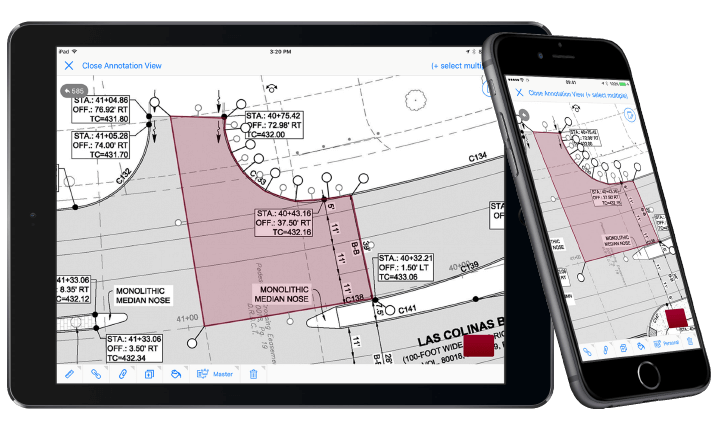In the constantly evolving heavy civil construction industry, harnessing the power of data is no longer optional; it’s essential. An increasing number of contractors are using data, advanced reporting, and AI-driven tools to boost efficiency, enhance decision-making, and gain a competitive edge.
In April, ENR held a widely attended webinar with special guests Adam Black (Product Portfolio Manager of Operations at HCSS), Michaela Halliwell (Product Manager of Data and API at HCSS), and Jake Anderson (Regional Controls Manager at Archer Western).
The three of them discussed in detail how industry leaders can turn real-time insights into streamlined workflows, fewer errors, and stronger project outcomes. Whether you’re aiming to sharpen your bids, increase jobsite productivity, or make more informed financial decisions, here are practical strategies to help maximize the value of your construction data.

Transforming Data into Action
Unfortunately, even the best data tools often fall short without a clear strategy behind them. Collecting all of that data is one thing, but identifying what truly matters is another.
With over 20 years of experience in heavy civil, Jake Anderson stressed a good point. “We decided that we were going to make engaging in our safety culture a part of your performance review,” he said. “I want objective data about who is engaging in our safety culture and who isn’t, and we're going to score it. That’s what we did with the help of HCSS.”
Linking data to measurable outcomes is what enables more accurate performance evaluations, and that ultimately lead to positive cultural shifts within an organization.
However, data-driven transformation doesn't happen in a vacuum and requires buy-in across all levels of a company, from executives to field crews. API expert Michaela Halliwell broke it down further by outlining a practical, question-based approach to data utilization.
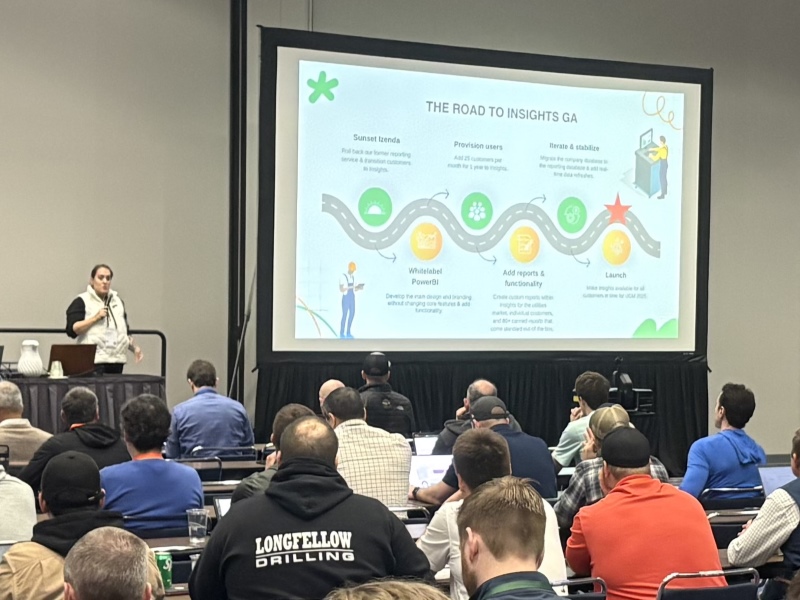
Here are 5 big questions she proposed asking internally:
- Are my projects making money?
- What cost categories are responsible for driving overruns?
- What is causing it to be over budget
- What's impacting our productivity?
- Follow-ups: Are there delays from RFIs?
- Do we have a lot of equipment that's down?
- Are we reworking projects excessively?
- What process improvements can fix the issue?
This method not only directs attention to the right metrics but also builds a feedback loop that can continually refine project performance. “You have to ask the right questions,” Halliwell explained. “That’s when data becomes actionable. You’re not just reporting for the sake of it…you’re driving improvements.”
Still, one of the biggest hurdles remains in the form of “fragmentation,” with data scattered across platforms that aren’t in sync with one another. Halliwell pointed out that while software architectures have evolved from isolated mainframes to connected ecosystems, many construction companies are still catching up. APIs now offer a powerful solution by allowing different platforms to communicate, enabling real-time reporting and deeper insights.
As product expert Adam Black noted, tools alone aren’t enough. “All the data in the world is out there for you,” he said. “The question is just choosing and prioritizing what to gather and then putting that into a system that’s going to enable you to do the reporting.”
That’s where the role of leadership and company culture becomes pivotal. Without training, alignment, and a shared understanding of why the data matters, the best reports may go unused and, sadly, valuable insights could remain buried.

Adam Black emphasized that data’s real value comes when it’s used with intent. “The question is just choosing and prioritizing what to gather,” he said. “Then putting that into a system that enables the right kind of reporting and review.”
Ultimately, data alone won’t solve operational problems. When it’s aligned with business priorities, embedded into everyday workflows, and supported by strong cross-team communication, it becomes the foundation for smarter, faster decisions at every level of a construction organization.
AI’s Role on the Jobsite
It’s no secret that AI is the hottest point of discussion right now across all industries, construction included. A quick poll revealed where many companies stand. Most are still early in their AI journey, with attendees describing themselves as “somewhat familiar” or “just starting to explore.”
The most visible use cases for AI are practical and readily accessible tools that improve how people interact with information. Whether generating reports, answering questions about spec sheets, or serving as a real-time assistant during cost forecasting, AI is beginning to show its value in standard day-to-day processes.
Black described a familiar challenge: navigating complex forecasting grids in project management software like HeavyJob. With dozens of columns and calculations, even experienced users might forget how specific fields are derived. Now, instead of digging through documentation, users can simply ask a chat assistant their query, and the AI can break it down instantly. “It’s like having a co-pilot at your side,” Black explained. “Not just answering questions, but helping you make decisions.”
One standout use case came from Jake Anderson, who shared how his company piloted AI-integrated cameras on heavy equipment. These smart systems could distinguish human body parts from machinery or barriers with remarkable accuracy, down to identifying which person was on the jobsite. In one case, the system prevented what could have been a fatal accident, stopping a machine just in time when someone unexpectedly entered a restricted area.
“We believe we saved a life,” Anderson shared. Additionally, the data generated over time revealed behavioral patterns, highlighting workers who frequently entered hazardous zones. That insight, Anderson also noted, turned into a proactive safety training tool.
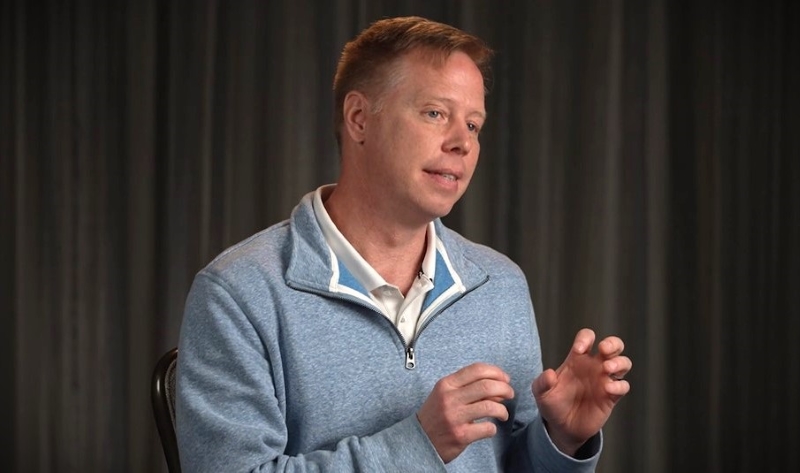
AI allows companies to intervene in real time and conduct training based on potential risks, not just past events, representing a major shift in how safety is managed. “Contrary to popular belief, the robots might just save us,” Halliwell joked.
As promising as these tools are, all three panelists agreed that AI is not perfect. “We’re still in the double-checking phase,” Black cautioned. Whether summarizing a spec sheet or generating schedule recommendations, AI can accelerate work, but human oversight remains essential.
Looking ahead, the next wave of AI tools will go beyond simply answering questions, able to take on actual tasks and carry them out independently. “The word ‘agentic’ has been used a lot in the last year from a technology perspective,” Black noted. “I'm not a fan of using new words just for the hell of it. It comes from the word agent. AI tools [are] now becoming agents for you.”
Halliwell also stated how the best way to begin integrating AI or data tools is by focusing on a single, real-world problem. “Pick something small but meaningful…something with low effort and high impact,” she advised. For companies just getting started, appointing a “data champion” can make all the difference. This person can keep everyone aligned, nudge the team toward consistency, and ensure someone is responsible for maintaining trust in the systems you build.
With limited resources, clarity and focus are the key to gradual success. As Anderson added, “Even good ideas can get in the way of great ones if you try to do everything at once.”
Putting Tools in the Right Hands
Every company wants to effectively bridge the gap between the office and the field to drive transformation and lasting results. Adam Black made a salient point, “When the office understands the field, projects run smoother.”
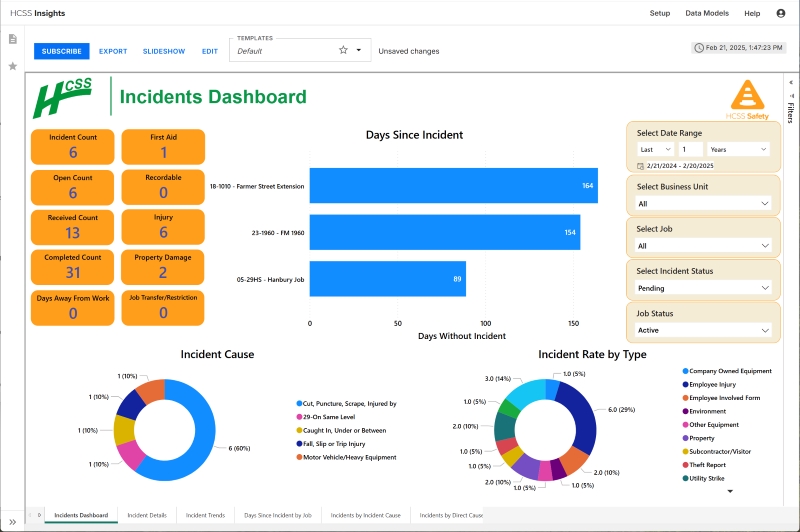
A similar insight was the importance of two-way communication. Data can’t just flow upstream to the office. It has to be sent back to the field in meaningful ways. “You don’t want a tool or a system that’s built to go one way only. This is a two-way conversation at all times,” Black said. "Field teams need timely data to make better decisions, and those in the office are responsible for ensuring that the feedback loop is beneficial."
Having integrated data from five different systems into a unified BI, Jake Anderson added a real-world perspective, observing how the key to success was behavioral as much as it was technical. “It comes down to managing human behaviors,” he said. “If your managers aren’t managing your human behavior, then you need higher levels of management to manage your managers.”
Black echoed that same sentiment, urging companies to take daily ownership of their data processes. “You are expecting the field to do something for your benefit on a daily basis? Check the data every day,” he said. “Because when they see it two or three times that you’re getting back to them...they realize this is something you care about.”
The conversation also turned toward the future of AI, with attendees curious about how HCSS is incorporating AI tools into its products. The good news is that many of these capabilities exist today. Users can upload company-specific documents into HCSS Copilot, ask questions about job performance, and—in the near future—even get assistance with complex calculations in areas like takeoffs.
Be a Data Champion for Your Company
For those who have yet to prioritize analytics and are wondering how to get started as a data champion, HCSS super user Jake Anderson had a simple but powerful piece of advice: “Pick something that’s low effort, high reward…partner with someone like HCSS and they can help you build your first report. That will start to wet the appetites of some people around you and open their eyes to what can be done.”
In the end, the message was clear that data, technology, and AI are tools no company should continue without, but only when paired with great field teams and strong leadership can they really transform construction culture. As Adam Black put it best, “You invest in that field team today, it will lead to the leaders for tomorrow.”
To try out HCSS software for yourself, schedule a demo today!
